In everyday life, we often face the need to pack, secure or tie something. Usually in such a situation, we take a string in our hands and begin enthusiastically inventing unthinkable designs of knots, twists and weaves, which then it is absolutely impossible to unravel. So let's learn how to tie a few more popular knots.
This is one of the main knots that have been used to fasten the bowstring since ancient times. Sometimes it is called the king of knots for its simplicity and versatility. It is used to obtain a non-tightening (!) loop at the end of a straight rope, to attach the rope to rings or eyelets, to bind ropes.
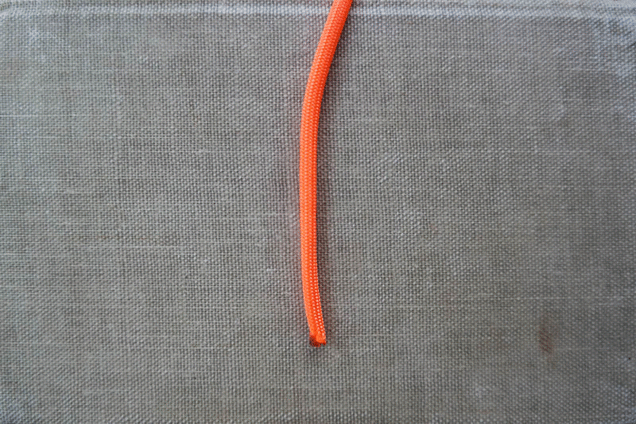
The "Simple bayonet" knot also allows you to tie a non-tightening loop, and it is used mainly in those places that require particularly reliable fastening. For example, such nodes have long been used in the navy to secure mooring ends for mooring devices, for securing tow ropes and heavy loads, and so on.
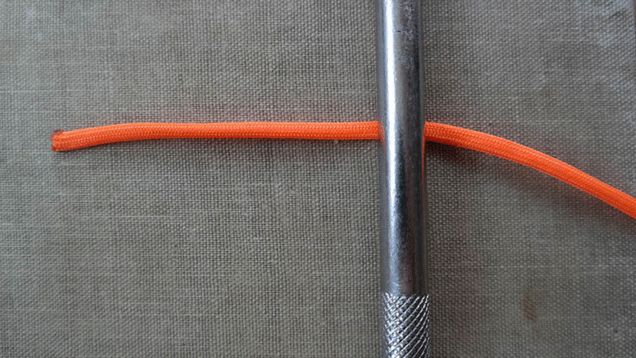
If you need to tie something, but subsequently be able to adjust the length of the rope, then a special knot will come to the rescue, allowing you to easily change the size of the loop. It is especially often used by tourists to install tents and stretch awnings.
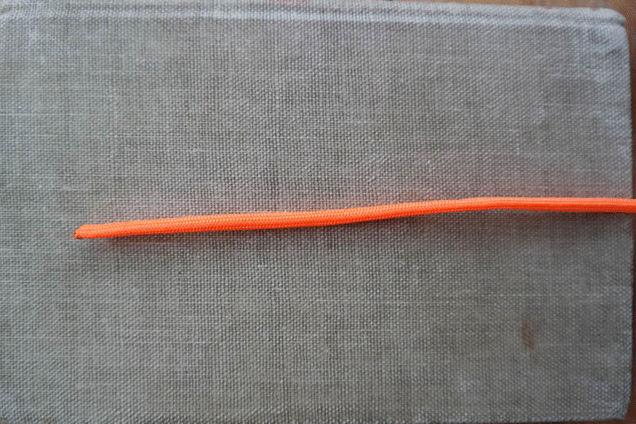
This is a traditional knot used in all cases when you need to attach something to a rope. It is easy to knit, it can withstand heavy loads, and in the future such a knot can be quite simply untied to release the rope.
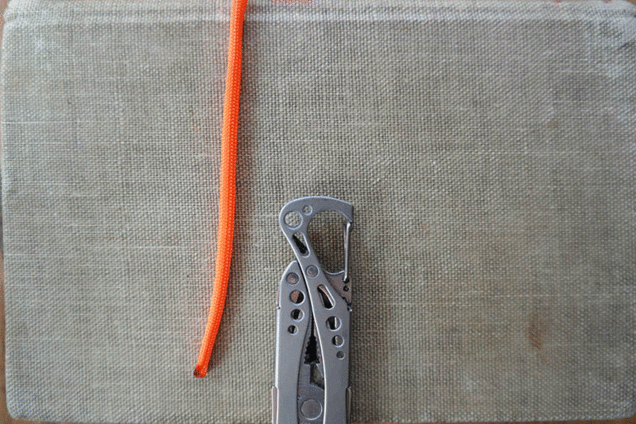
The "Eight" node has two options. The first one applies in cases where you have one free end. It looks quite complicated, but once you figure out the sequence of actions, everything will turn out by itself.
The second option can be used when both ends of the rope are free. This knot is so simple that you can tie it with your eyes closed, and at the same time it is completely reliable.
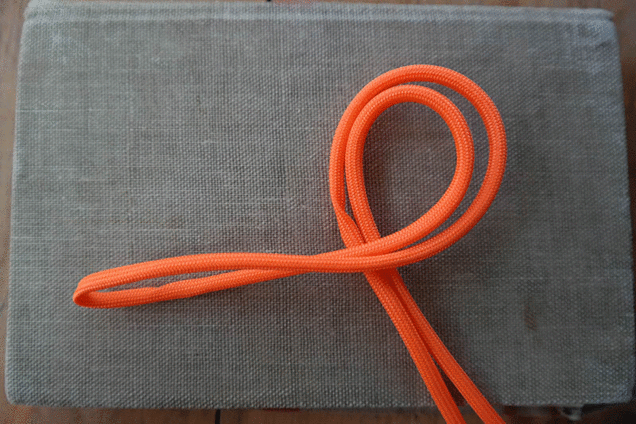
A truly legendary node that has many different names and even more practical applications. This knot is used in construction work, transportation, tourism and other cases when you need to fasten a thing tightly and tightly.
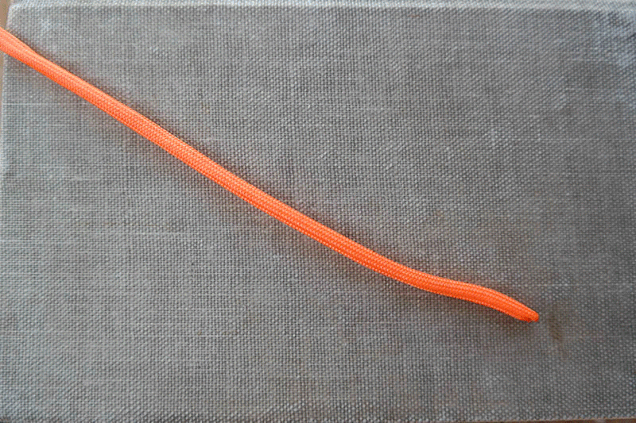
For those readers who find it difficult to navigate animated drawings, there is an additional instruction containing static photos of each step. You can find it at this link.
And what other nodes do you consider to be practically useful and necessary for mastering?